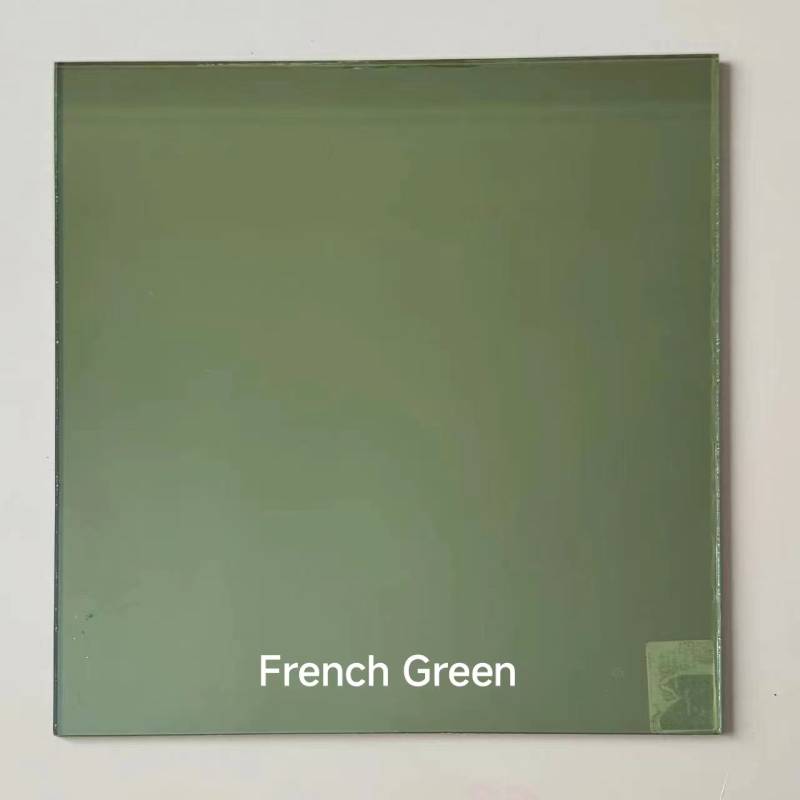

The Advantages and Applications of Frosted Safety Glass
Frosted safety glass has emerged as a popular choice in architectural and interior design, providing both aesthetic appeal and enhanced safety. This type of glass is created by sandblasting or acid etching clear glass, resulting in a translucent surface that diffuses light while maintaining privacy. Its unique properties make it particularly well-suited for various applications across different industries.
One of the primary advantages of frosted safety glass is its ability to enhance privacy without compromising natural light. In residential and commercial buildings, frosted panes are often used in bathrooms, conference rooms, and office partitions. The translucent quality of the glass allows light to permeate spaces while obscuring the view from the outside. This feature is especially valuable in urban areas where living or working spaces are in close proximity to one another, as it creates a serene environment conducive to relaxation or productivity.
Safety is another critical aspect of frosted safety glass. Unlike regular glass, which can shatter into sharp shards upon impact, safety glass is manufactured to resist breakage and minimize potential injuries. Laminated or tempered processes are often used in its production. Laminated safety glass consists of two or more layers of glass bonded with an interlayer, ensuring that even if broken, the shards adhere to the interlayer rather than creating hazardous debris. Similarly, tempered glass is heat-treated to increase its strength, making it less likely to break under stress. Together, these properties make frosted safety glass an ideal choice for installations where safety is paramount, such as in schools, hospitals, and public buildings.

Beyond its practical benefits, frosted safety glass offers considerable design versatility. Its smooth, matte finish can complement a wide range of architectural styles, from contemporary to traditional. Designers frequently use frosted glass as a decorative element, incorporating it in features like railings, doors, and windows. It can also be customized with different textures, patterns, or colors to align with specific design themes, enhancing the overall aesthetic of a space. The ability to print designs or graphics onto the frosted surface further broadens its potential applications, allowing for personalized branding in commercial environments.
Moreover, frosted safety glass contributes to energy efficiency. By diffusing sunlight, it helps to minimize glare and reduce the transmission of heat, keeping interiors cooler and more comfortable during hot weather. This, in turn, can lead to reduced reliance on artificial lighting and climate control systems, helping to lower energy costs. Additionally, many manufacturers are now producing frosted glass with low-emissivity (Low-E) coatings that enhance insulation, further promoting energy efficiency.
Environmental sustainability is becoming increasingly significant in today's construction practices. Frosted safety glass can be made from recycled materials, and its long lifespan means that it can contribute positively to a building's overall eco-friendliness. By choosing durable and sustainable materials like frosted safety glass, architects and builders can help construct greener buildings that align with contemporary sustainability goals.
In conclusion, frosted safety glass offers a multitude of benefits, including enhanced privacy, safety, and design versatility. Its applications span various sectors, making it an ideal choice for both residential and commercial projects. As demand for aesthetically pleasing and safe building materials continues to grow, frosted safety glass is poised to play a significant role in the future of architecture and interior design, providing functional elegance and peace of mind.